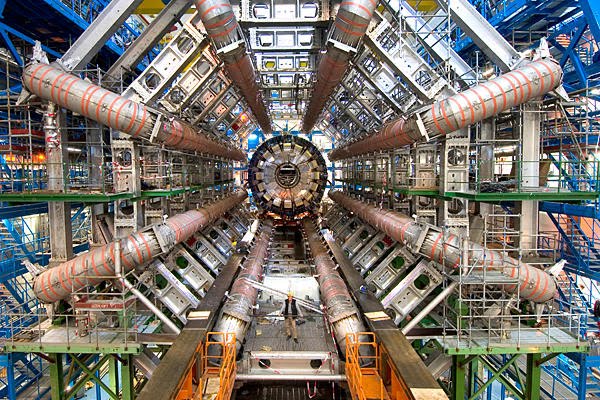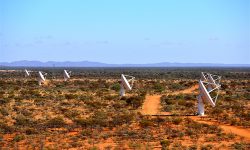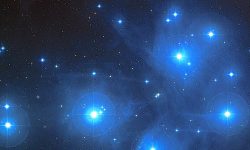Year: 2020
Polar Wondering
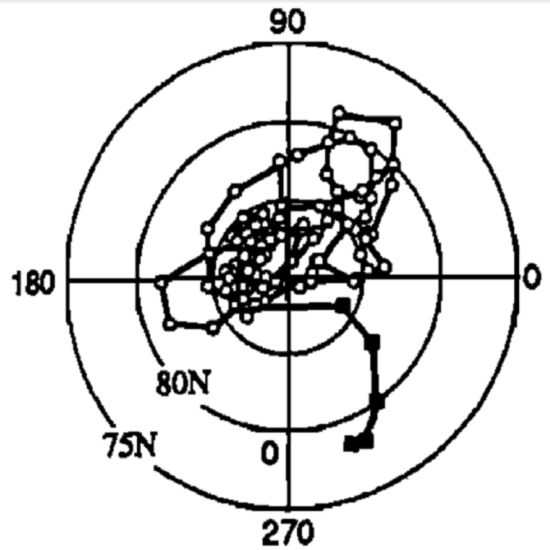
Original post September 6, 2011 Leibniz’ beloved adage that natura non facit saltus or ‘nature does not make leaps’ has had to endure a fair amount of comeuppances since it gained currency. An arresting example today of our unpredictable world is the rapid wandering of the north geomagnetic pole in…
Cataclysmic Variables
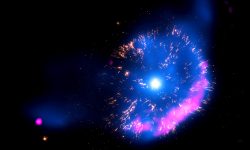
December 29, 2020 Some stars fluctuate erratically. According to astrophysicists, a nova explosion occurs when a white dwarf star draws matter away from a companion star onto its surface. Gravity then compresses the material against the white dwarf’s rigid exterior, where it reaches fusion temperatures because of the extreme pressure….
IndisCERNible
Andrew Hall: Subsurface Birkeland Currents – How the Earth Thinks? | Space News

Author and Thunderbolts colleague Andrew Hall continues his remarkable “Eye of the Storm” series investigating the groundbreaking field of Electric Universe geology. In this episode, Andy explores the North American and Caribbean current loops. The Earth works as a coherent circuit. It’s a circuit within a bigger circuit centered on…
Season’s Greetings!
Eye of the Storm, Part 9
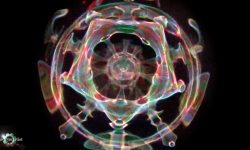
Ground Currents by Andrew Hall In the past few chapters of Eye of the Storm, we’ve looked at surface conductive discharge and the landforms it creates. Ground-to-ground, surface conductive discharges formed river channels, fractured the land with arc blast, built mountains, ripped them apart, and induced electric winds that competed…
Power in Perspective
Seven Sisters
Galactic Evolution
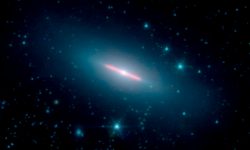
December 22, 2020 Galaxies are born in lightning. NASA launched the Spitzer Space Telescope on August 25, 2003. Spitzer’s mission is to scan the sky in infrared wavelengths, using detectors that were kept at -268 Celsius. That frigid temperature made it possible for the telescope to “see” wavelengths as long…






